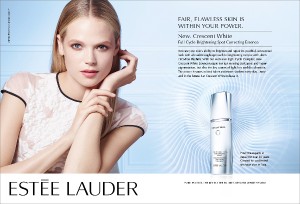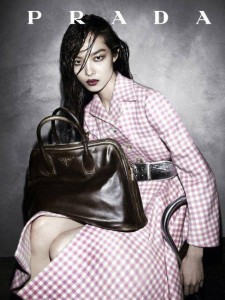 Limehouse Blues, 1934
Limehouse Blues, 1934
Anna May Wong:
Anna May Wong was the first Chinese American actress to receive international fame. She is known for her countless movies, such as Shanghai Express and The Toll of the Sea. Wong is the focal point of this photo due to her fame as well as success. She is dressed beautifully and simply. The way she is standing in the photo causes the observer to wonder what she is doing and this also makes her more mysterious.
Oriental woman as the focal point of the gaze!
Enigmatic Bodies:
The term “enigmatic bodies” comes from the idea of being mysterious and difficult to understand. Within the nine photos we were assigned, each expressed this idea in some way. However, I believe this photo of Anna May Wong, from the film Limehouse Blues, captures the idea best.
She is the focal point of everyones gaze. The world around her is solely focused on her. Due to this, it draws the observers eyes to her immediately as well. Something noteworthy about this photo is the fact that majority of the people in this restaurant are westerners. It makes Anna May seem like the object of their desires through their longing gazes. Also through these gazes it makes Wong appear much more mysterious. It makes the observer want to understand her and learn who this beautiful woman is right before their eyes.
introduce the thesis at the beginning of the post and support the claim with elements of denotations: the setting, the costume, the lighting effects, and the audience ….
Having the photo lack any type of color makes it mysterious as well. We are unable to know what the scene of this restaurant really looks like. However, I think that this pairs well with the enigmatic bodies due to its mysteriousness. The black and white is very simple, but leaves a greater impression on the viewer.
Dragon:
The dragon was a common theme found in all our photos. Traditionally, the dragon represents power, strength and heroism among many others and has always been a symbol associated with China. Within all the photos given to my group, we noticed that a dragon appeared in each of them. Whether it was sewn into a garment or displayed in another way, the dragon is in every photo. In this photo, dragons are portrayed along the walls which emphasizes their importance. The dress Wong is wearing has very simple elements to it, but is done so intricately, making it very elegant. It also covers her completely, but still can be considering a revealing dress. Because it is tight and provocative it sexualizes Wong in some ways. The way this photo was taken, does not give us full view of the dress, but almost sends an elusion that Wong is the head of the dragon. The black background of the dress almost camouflages her and the gold is all we see. Having Wong physically become a “dragon lady” expresses her power and strength.
introduce the idea of “dragon lady” at the beginning of the paragraph and then explain why Wong is configured as a dragon lady?
This photo, to me, is still hard to completely understand. I think that was intended to be that way. I think this also goes along with enigmatic bodies as being mysterious and alluring. This photo is very attractive and interesting, but it is still hard to completely understand it.
touched the notion of enigmatic bodies???

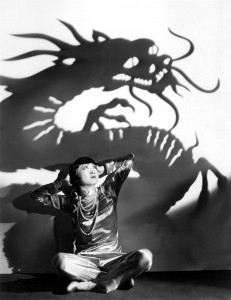
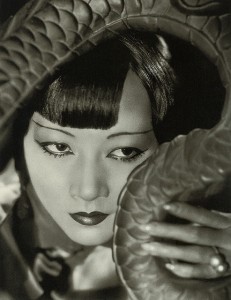
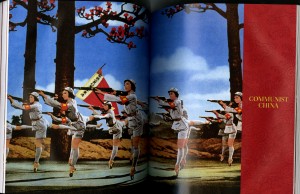
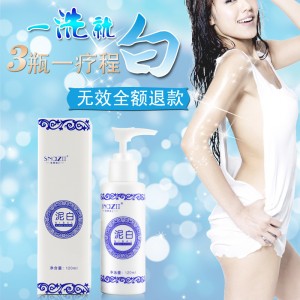
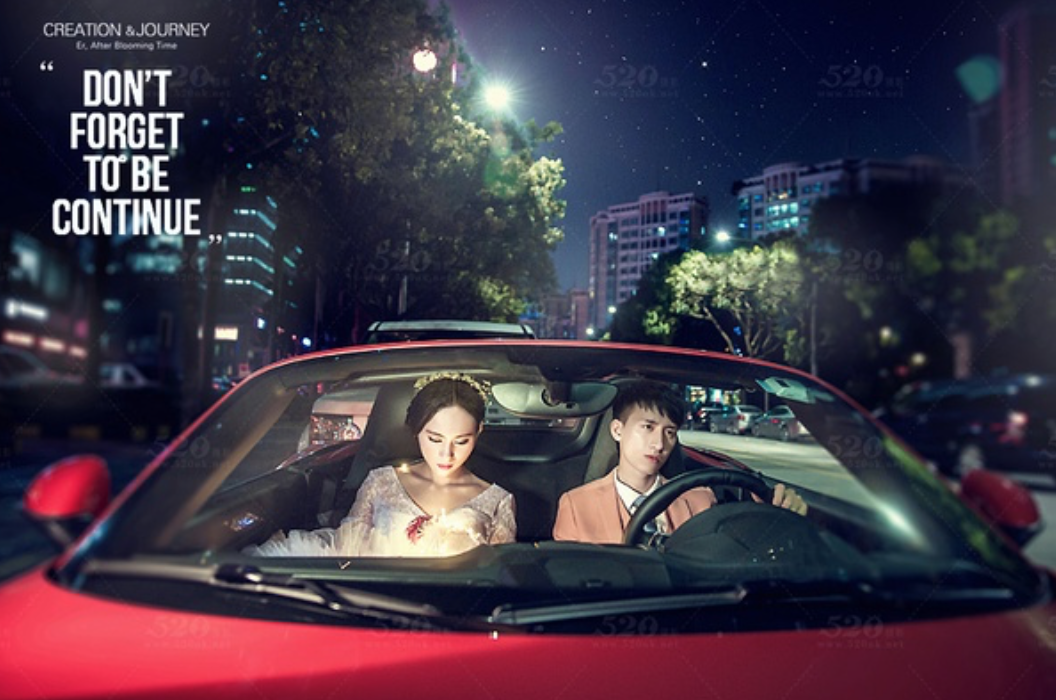
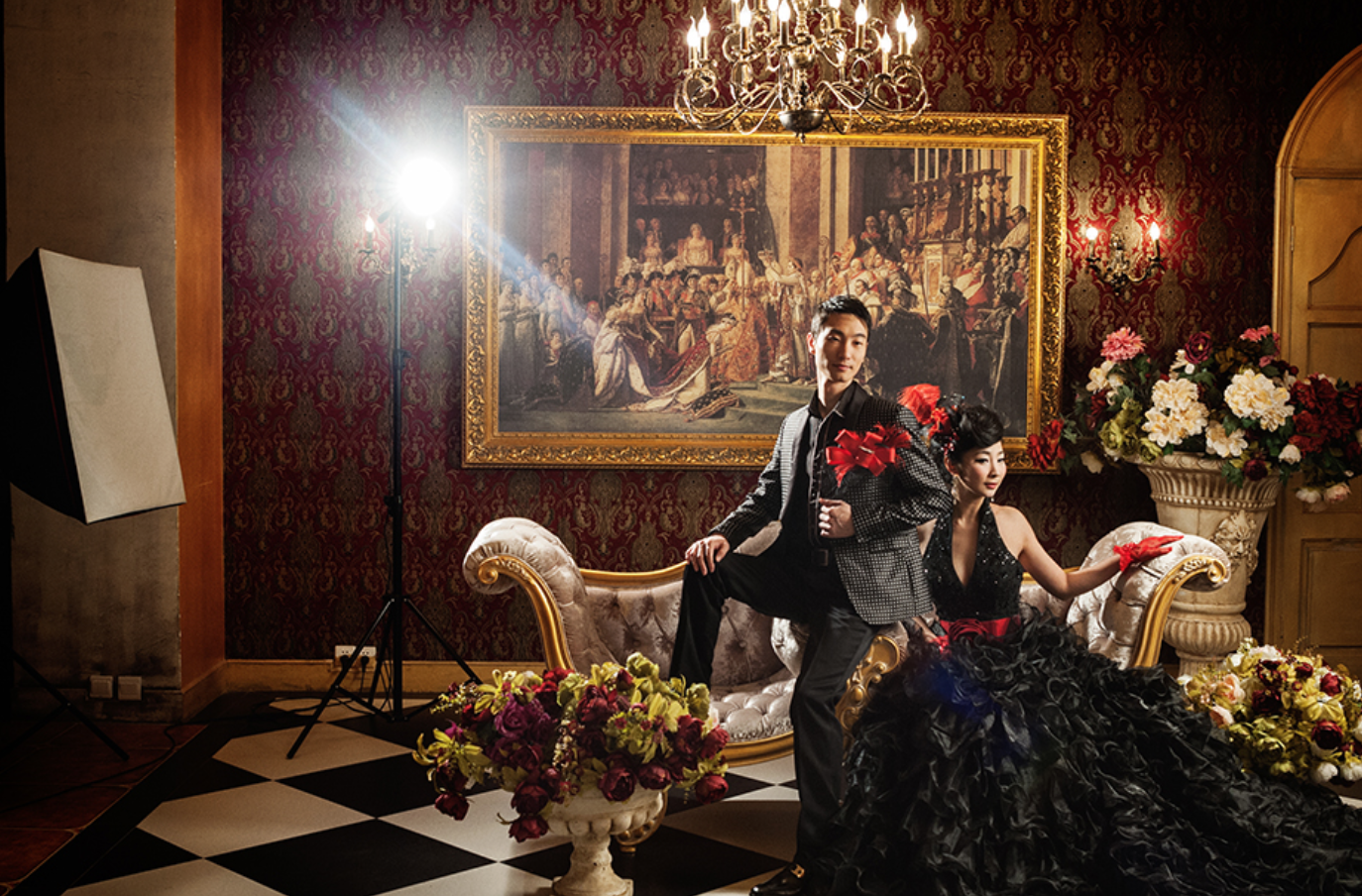
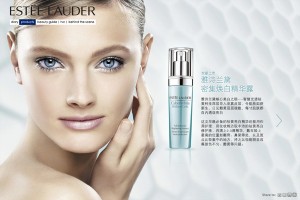 In the photo to the left, there is a fair skinned, light-haired, young, western female posing for an ad advertising makeup. It’s clear that this woman is a model and has very attractive facial features that draw consumers to immediately stare at her beauty. Sometimes this stare can become a gaze of envy. Her bright blue eyes draw the consumer in like a black hole. Her skin is soft and if you look close enough, her skin is shining a little. Her skin in contrast with the white backdrop shows that she truly has a pale skin tone. Once the consumer has taken in all of this model’s beauty, the eyes immediately look for what product made this woman look this way. The make-up container that is juxtaposed to her face is the center of the photo, sharing an equal amount of focus with the actual model. The containers label says “CyberWhite, Brilliant Cells”. Because the container says “CyberWhite” on it, the ad is selling the luxury of having paler, whiter skin, as opposed to tan, darker skin.
In the photo to the left, there is a fair skinned, light-haired, young, western female posing for an ad advertising makeup. It’s clear that this woman is a model and has very attractive facial features that draw consumers to immediately stare at her beauty. Sometimes this stare can become a gaze of envy. Her bright blue eyes draw the consumer in like a black hole. Her skin is soft and if you look close enough, her skin is shining a little. Her skin in contrast with the white backdrop shows that she truly has a pale skin tone. Once the consumer has taken in all of this model’s beauty, the eyes immediately look for what product made this woman look this way. The make-up container that is juxtaposed to her face is the center of the photo, sharing an equal amount of focus with the actual model. The containers label says “CyberWhite, Brilliant Cells”. Because the container says “CyberWhite” on it, the ad is selling the luxury of having paler, whiter skin, as opposed to tan, darker skin.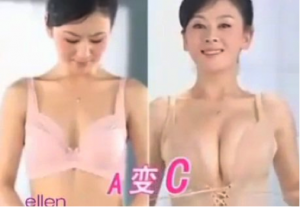 breast enhancement advertisement. The ad was shown on the Ellen DeGeneres talk show. In the advertisement, women put on the bra like device that is meant to be pulled in repeatedly. This action of pulling the breast together is said to bring other fat from other areas of the body to the breast region. On the Ellen show she mocks how implausible this process would be in effectively enlarging the breast. This begs the question,
breast enhancement advertisement. The ad was shown on the Ellen DeGeneres talk show. In the advertisement, women put on the bra like device that is meant to be pulled in repeatedly. This action of pulling the breast together is said to bring other fat from other areas of the body to the breast region. On the Ellen show she mocks how implausible this process would be in effectively enlarging the breast. This begs the question, 

